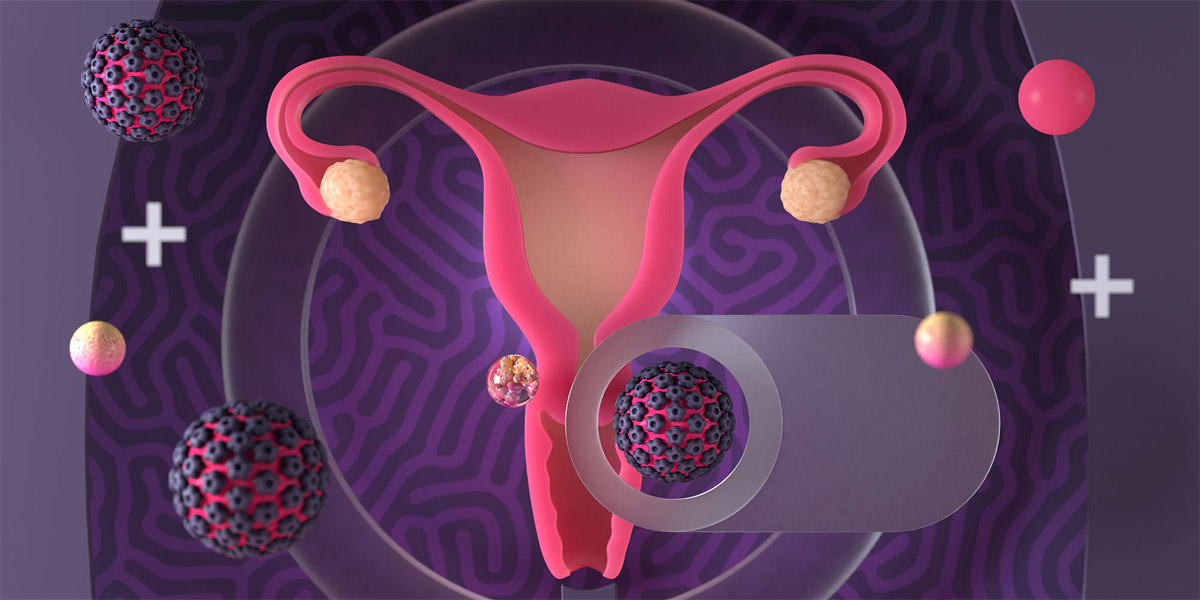
ADNEXAL MASSES
A lump in the tissue of the adnexa is known as an adnexal masses. The structures (organs or tissues) which are either in the proximity of the uterus or are closely related to the functioning of the uterus are referred to as adnexa. These structures include the ovaries, fallopian tubes, connective tissues, ligaments and associated blood vessels.
There are various types of adnexal masses but they can be broadly classified into gynecological and non-gynecological. Masses of non-gynecological origin include appendix masses, bowel related conditions and pelvic kidney amongst others. However, in this article we will focus on adnexal masses from gynecological sources.
Gynecological adnexal masses : Gynecological adnexal masses can be further divided into ovarian, tubal, tubo-ovarian and paraovarian masses.
TUBAL MASSES
Tubal adnexal masses are those masses which affect the fallopian tube. The fallopian connect the ovaries to the uterus and are responsible for delivering the ovarian egg (ova) to the uterus during pregnancy. Ectopic pregnancy and hydrosalpinx are example of such masses:
Ectopic Pregnancies : Ectopic pregnancy is an abnormal case of pregnancy in which the fertilized egg does not grow inside the uterus but instead grows outside it in abnormal places like the fallopian tubes, horns of the uterus, cervix or the ovaries. This type of pregnancy happens in 1 out of every 50 cases. Such pregnancies can’t continue normally and may cause damage to maternal structures. Early detection is of utmost importance as a delay can cause severe life threatening bleeding and an emergency situation.
Hydrosalpinx : A hydrosalpinx is a condition wherein the fallopian tubes are blocked, resulting in a collection of fluid. Blocked fallopian tubes can cause infertility. It is technically possible to get pregnant with one working fallopian tube, but pregnancy rates are lower in such cases. Hydrosalpinx is mostly caused due to infections known as pelvic inflammatory diseases. In most of the cases, the patient may not experience any symptoms and may come to know about the condition only after diagnosis for infertility. The diagnosis of hydrosalpinx may involve hysterosalpingogram (HSG), ultrasound or laparoscopy .Treatment includes corrective surgery like neosalpingostomy or removal of fallopian tubes.
OVARIAN ADNEXAL MASSES
The ovaries are almond shaped & sized organs that produce eggs for the process of reproduction. They also produce estrogen & progesterone hormones. Ovarian adnexal masses can be benign or cancerous.
- Ovarian Cysts : An ovarian cyst is a closed sac like structure which contains fluid. Such a condition is common and can occur at any age. There are two types of ovarian cysts, the first types of cysts are functional and pathological cysts.
- Functional Cysts : They are usually harmless in nature and develop during the menstrual cycle. They resolve spontaneously in 2-3 menstrual cycles, requiring no medication and just observation.
- Stem cells: According to a recent theory, bone marrow stem cells invade the uterine musculature leading to adenomyosis.
- Follicular ovarian cysts : They are the most common type of cysts. The egg produced by ovaries moves into the uterus (womb). This egg grows in the follicle, which protects the egg with help of fluids. Normally when the egg is released, the follicle should burst but in some cases, the fluid contained by the follicle is not shredded even after releasing the egg, or in some cases the follicle does not release the egg itself. As a result such a follicle swells with fluid, and results in the formation of follicular ovarian cyst.
- Luteal ovarian cysts : Such cysts are not as common as follicular cysts. They are formed when corpus luteum is filled with blood. Corpus luteum is a tissue which is left behind after the egg is released.
- Pathological cysts/Benign Neoplasms
1.Dermoid cysts (cystic teratomas) : Dermoid cysts are the most common type of pathological cysts for women under the age of 30. It forms due to a totipotential germ cell (a primary oocyte). A totipotential germ cell is a cell that can form all orders of cells that are required to form mature tissues. Dermoid cysts contain bone, skin, hair and sometimes even other tissues (e.g. teeth).
2.Cyst adenomas : Cyst adenomas are more common to postmenopausal women. Such ovarian cysts develop from cells which cover the outer part of the ovaries. Since they are not inside the ovary they have potential to grow considerably large.
3.Endormetrioma/chocolate Cysts : It is also known as endometriosis of ovaries and is caused when a tiny patch of endometrium grows inside the ovaries. During each menstrual cycle the endometrium grows, thickens and sheds. Normally, this blood leaves through the vaginal opening. But when this patch grows in the ovaries the blood has nowhere to go, which results in a buildup of blood and a brownish color.
OTHER TYPE OF ADNEXAL MASSES
The other types of adnexal masses from gynecological sources include tubo-ovarian abscesses and paraovarian cysts. Tubo-ovarian abscesses are caused by pelvic inflammatory disease (PID), since it is one of the late complications of PID. It can be a life threatening condition if the abscess ruptures. Paraovarian cyst is a closed sac like structure which contains fluid and is found near the ovary but not attached to it.
